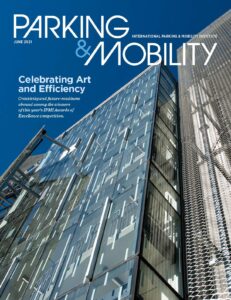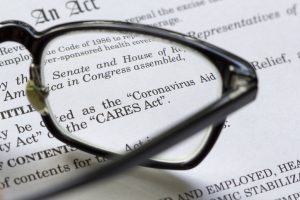 By Rachel Yoka, CAPP, LEED AP BD+C
By Rachel Yoka, CAPP, LEED AP BD+C
The last 18 months have challenged leaders in every home office and corner of the world. Whether you are leading a large staff or a small but mighty team, the way we work together is fundamentally different (and yet very much the same). Many leaders will be ready to leave remote work and get staff back to the office in a return to the familiar patterns and schedules that shaped our professional lives. Yet many aren’t quite ready to do that, as demonstrated by a hesitancy to return to work as we knew it. The nature of work has been evolving for some time. The COVID-19 pandemic accelerated these changes and made evident both our resistance to change as well as our resiliency and adaptability.
At a fundamental level, there are significant budgetary and logistical challenges faced by our industry. How do our teams shift their work and operations while leveraging technology to be more efficient as we move forward? Our industry is innovating and learning every day–our members, bloggers, authors, and volunteers share their thoughts and insights as we navigate these questions together.
As an industry, we are focused on revenue recovery and rebuilding our operations and programming. We are also focused on the health and well-being of our families, teams, and communities. In the face of the pandemic, we were all forced to take a step back in the interest of that well-being.
Our people are our greatest asset, and leaders must recognize that their teams have been subject to a period of prolonged stress and trauma. Industry professionals learned (and continue to work through) tough lessons leading teams that became remote overnight. We may need to adapt and cultivate skills sets that may not have been as essential in the past. Emotionally mature and relational leaders are needed now, more than ever.
Temple University Fox School of Business Real Estate Program & Temple Real Estate Organization (TREO) hosted the “Real Estate Optimization and Social Infrastructure in a Post-COVID World Symposium” recently. Panelists and speakers addressed how real estate can and should respond post-pandemic to shifting trends. Kay Sargent, director of workplace at HOK, emphasized that the return to normal shouldn’t be placed on autopilot. Her comments (paraphrased here) struck me as both insightful and difficult to answer: Returning to the office of yesterday is not the answer. What does the workplace of the future look like? How do we create and rebuild social capital and rethink the importance of place, and embrace a human-centric standpoint to create better workplaces and communities at large? Let’s talk about it–please share your thoughts with us!
Rachel Yoka, CAPP, LEED AP BD+C, is IPMI’s vice president of program development.

 For more than 20 years, transit-oriented development (TOD) has been a desired destination for people to live, work, and play. The opportunity to reside in a vibrant locale with convenient access to restaurants, shopping, employment, and alternative mobility options has been a preferred lifestyle for many, especially since the great recession.
For more than 20 years, transit-oriented development (TOD) has been a desired destination for people to live, work, and play. The opportunity to reside in a vibrant locale with convenient access to restaurants, shopping, employment, and alternative mobility options has been a preferred lifestyle for many, especially since the great recession. By Matthew Hulme, CAPP, MPA
By Matthew Hulme, CAPP, MPA